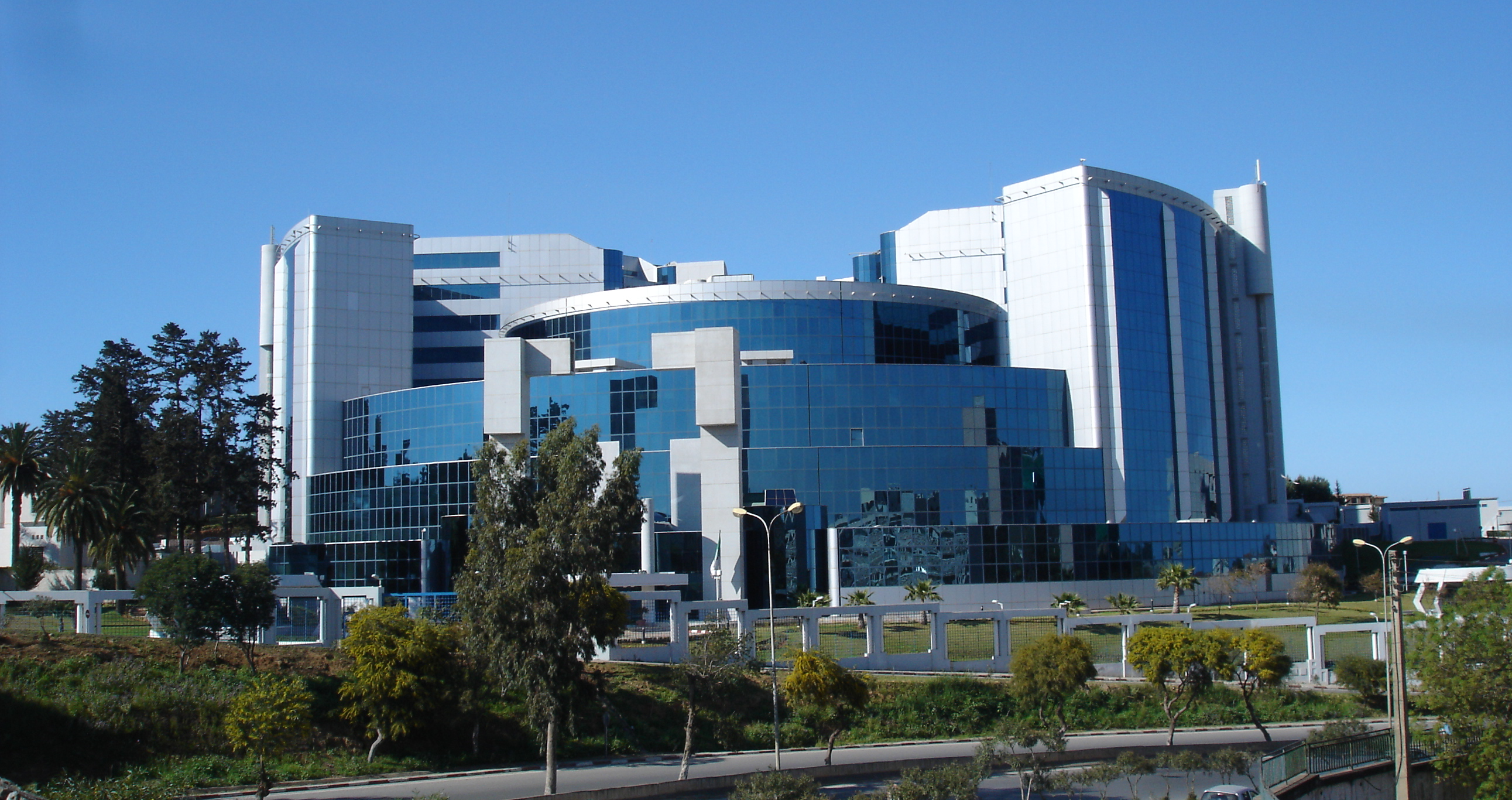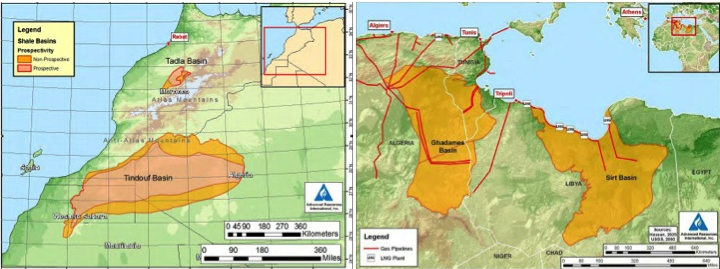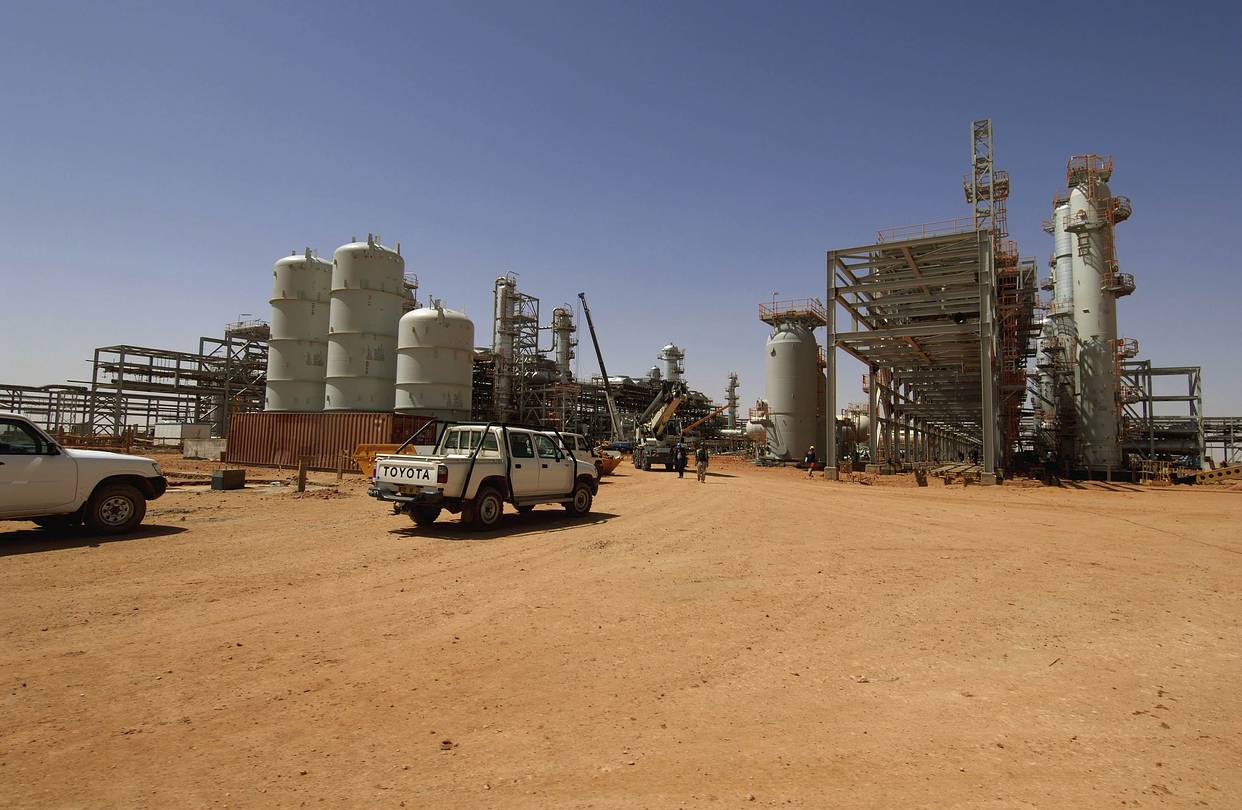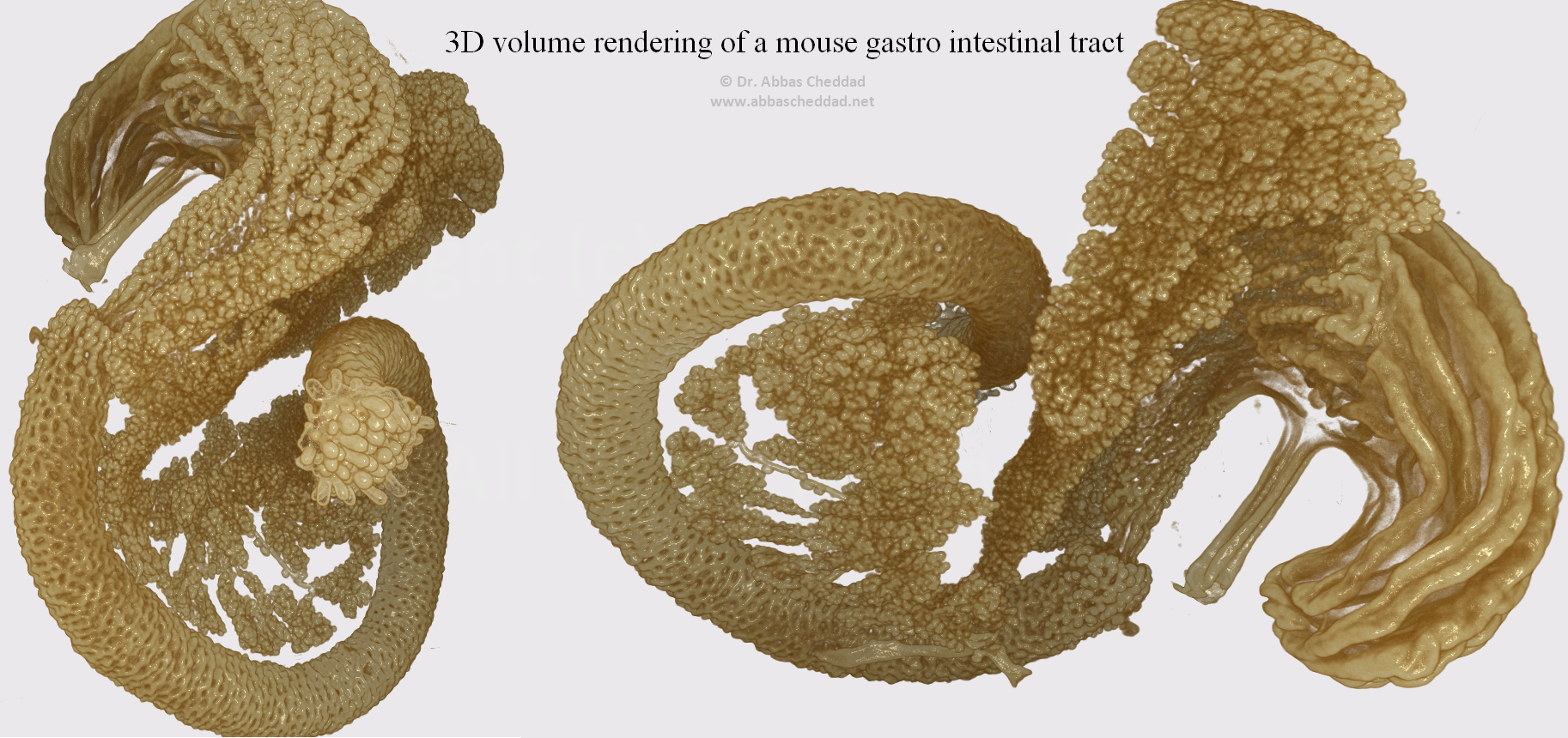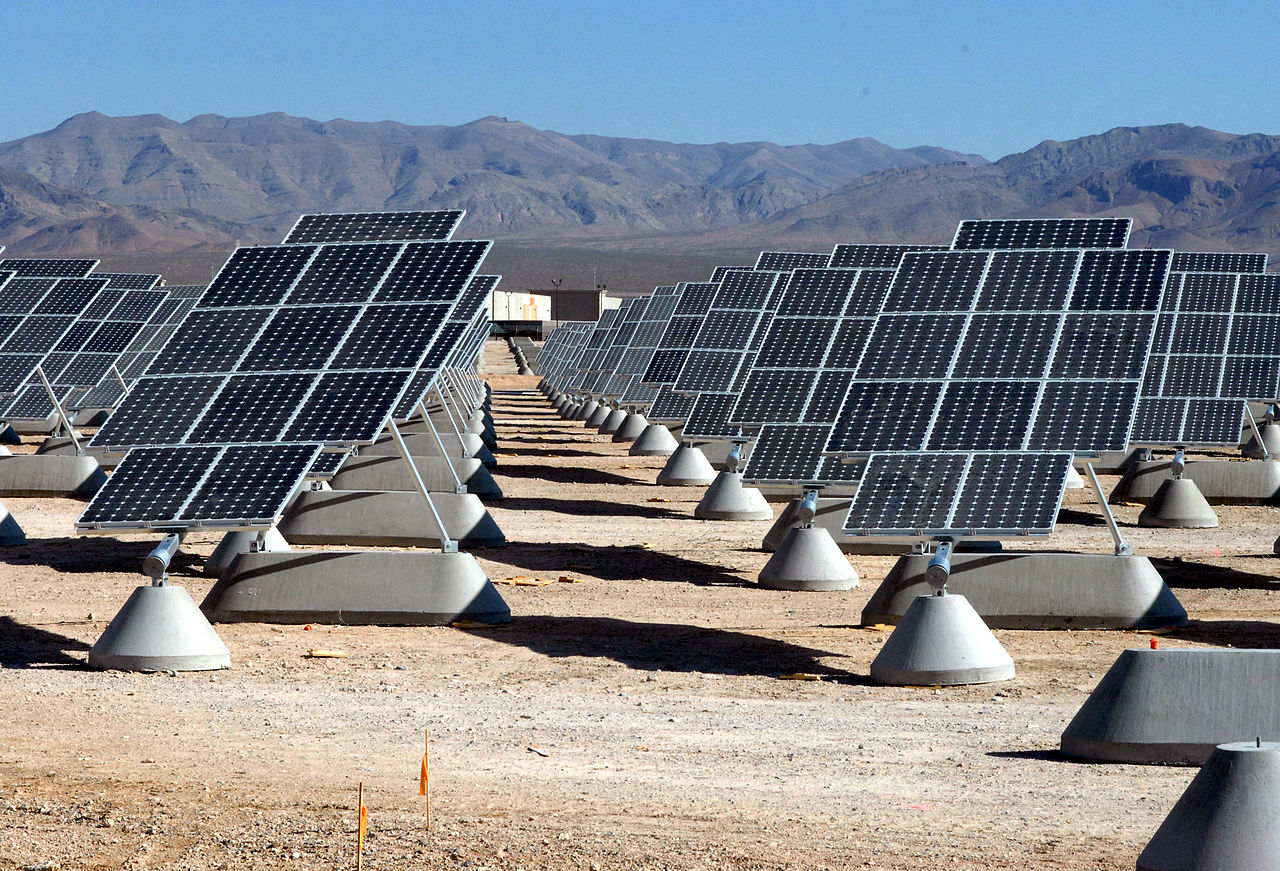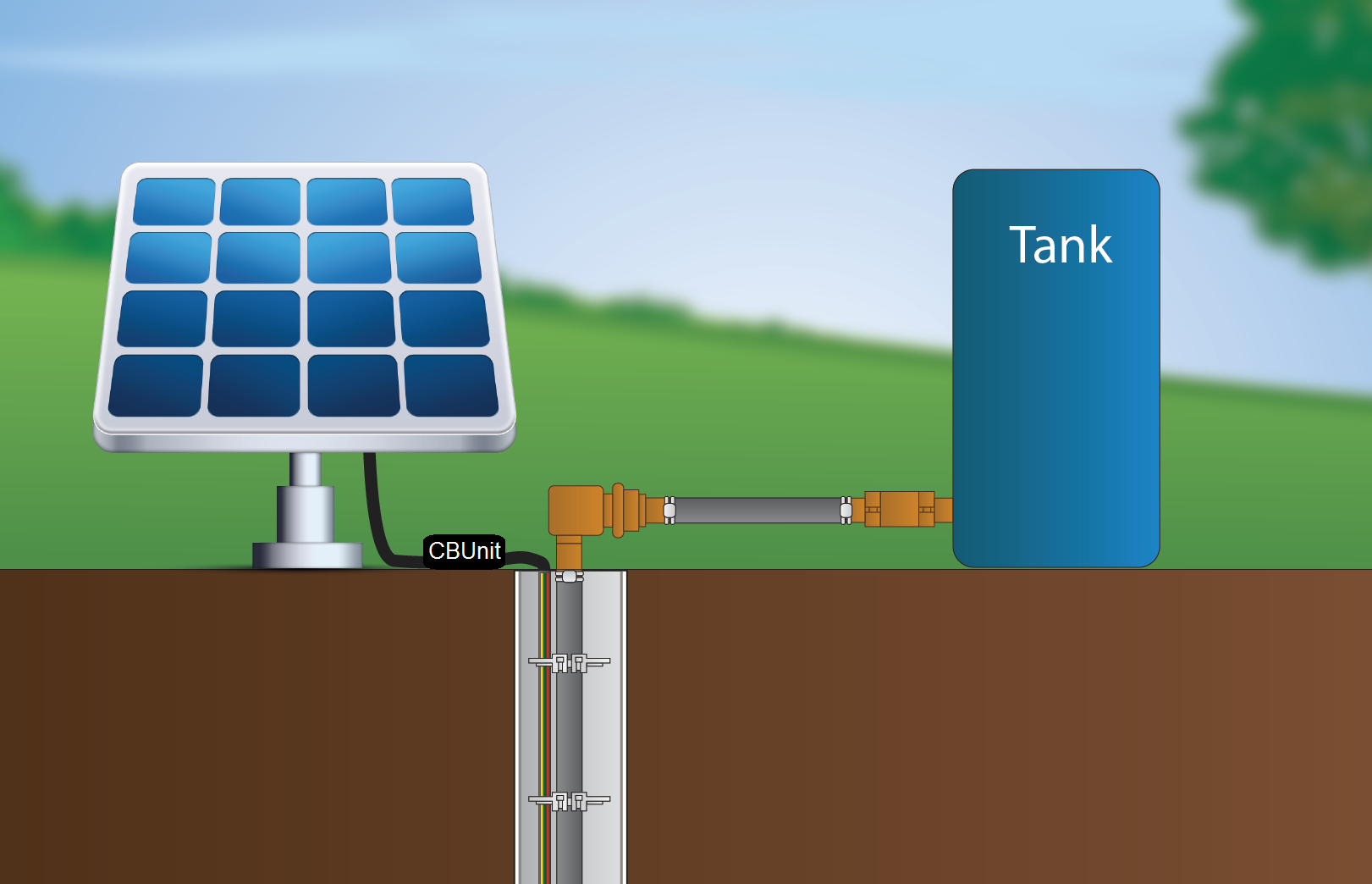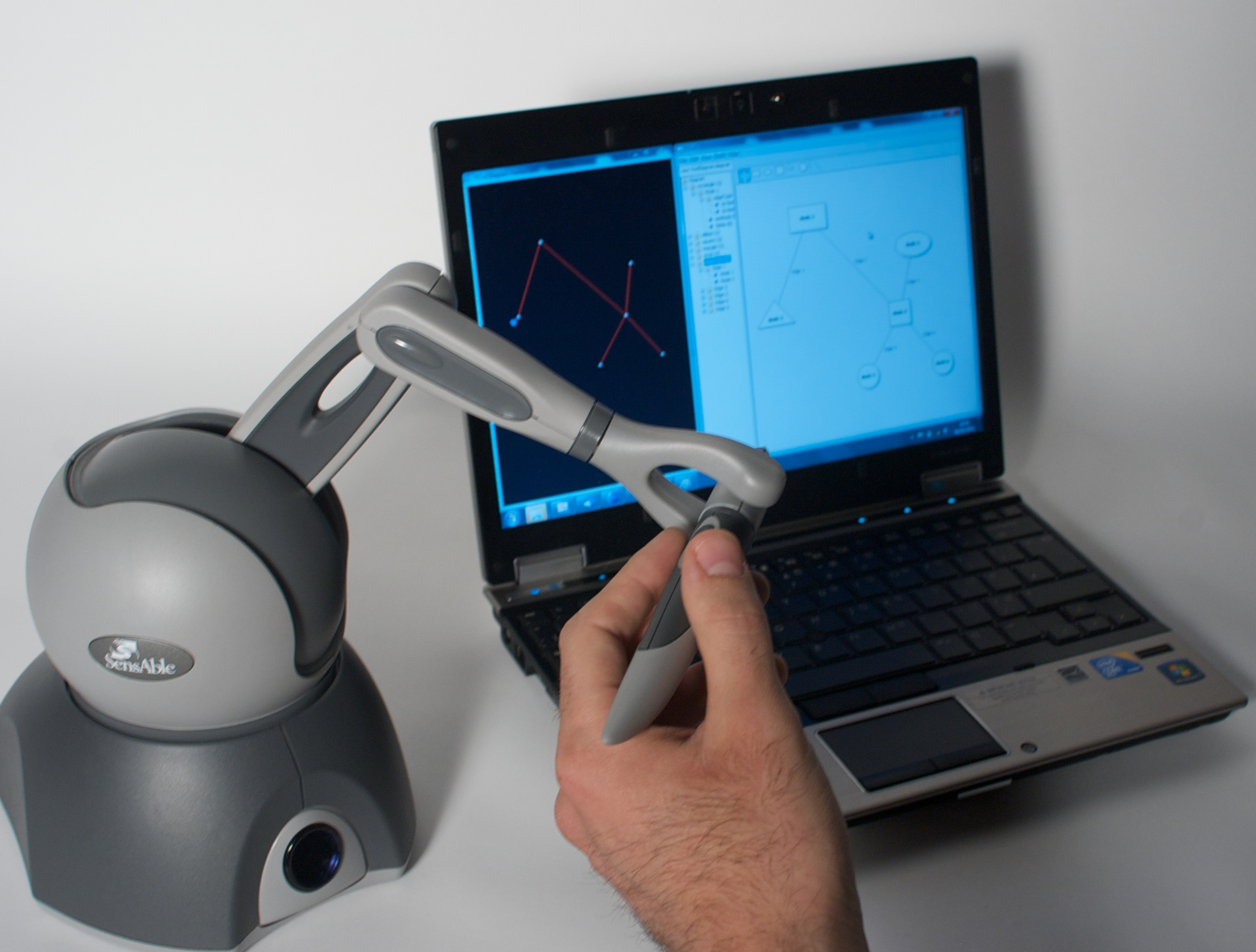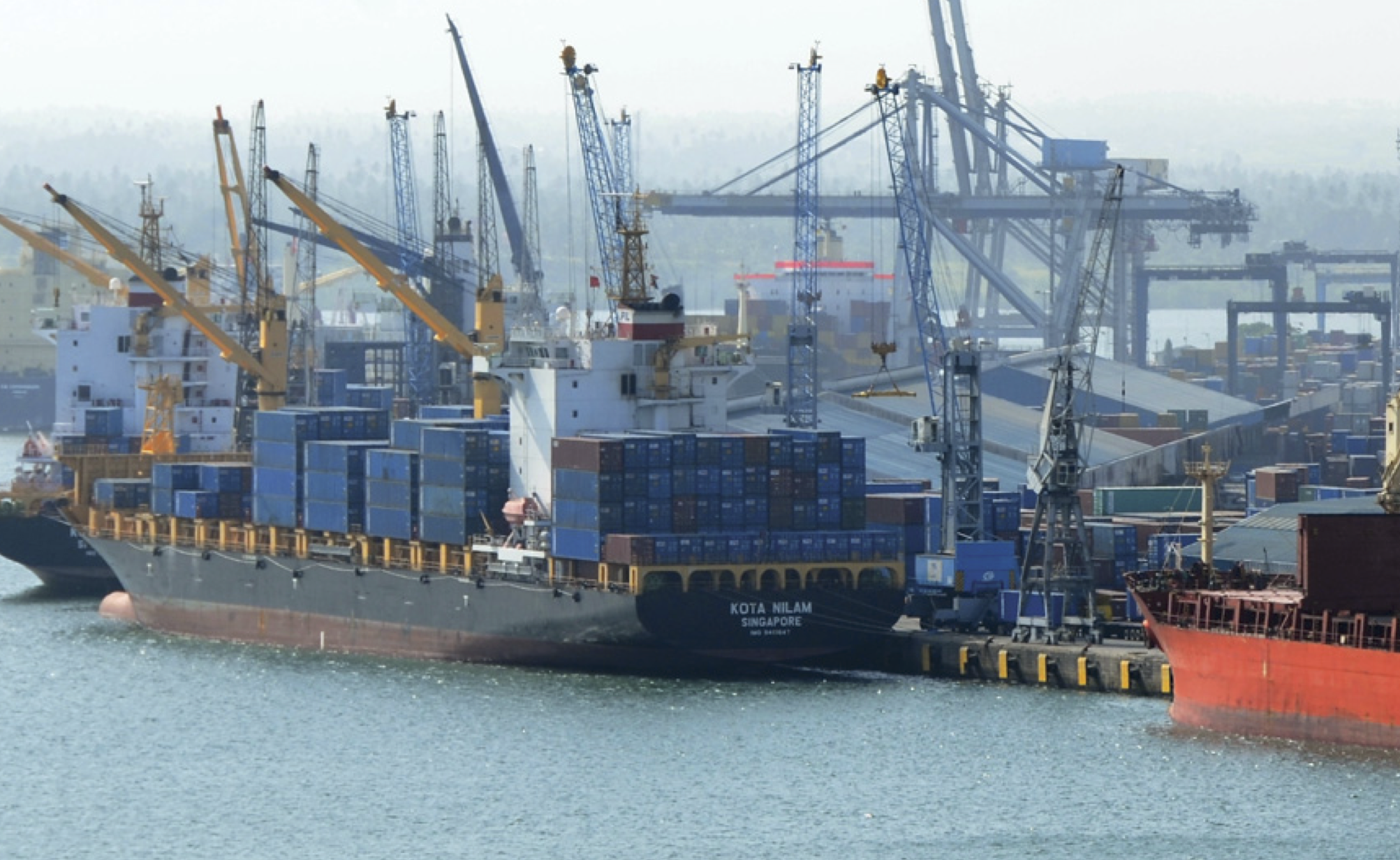Feature | Issues and Challenges in Introducing Islamic Insurance (Takaful) Into the Algerian Financial Market: Lessons from Malaysia
The Islamic insurance sector or Takaful has seen remarkable global growth in many major markets, especially in Muslim dominated countries. However, the development of Islamic finance, particularly Takaful in Algeria appears to have lagged behind. Although there are two Islamic banks operating in Algeria, Takaful is yet to be introduced into the Algerian financial market. We ran a study to investigate the perspective of Algerian experts in Islamic finance and takaful on the issues and challenges of introducing Islamic insurance into the Algerian financial market to address the following questions: What are the benefits of introducing Islamic insurance into the Algerian financial market? What challenges might Algeria face with the introduction of Islamic insurance? And how can the Algerian financial market adopt the Malaysian Islamic insurance framework? Read More
Feature | Algerian Shale Gas Part 2: Prospects and Recommendations
Algeria first announced its intention to look into shale gas exploration back in 2012. The final controversial decision in favour of extraction was then taken few weeks after the presidential elections of April 2014. Following this decision, Part II of this article examines the prospects of shale gas development in Algeria, the challenges and issues expected, and presents some recommendations for ways forward. The aim is to present an objective viewpoint that encourages further national debate and contribute to creating a more informed public opinion on the issue of shale gas. (Part I can be found here.) Read More
Feature | Algerian Shale Gas (Part 1): Facts about shale gas and hydraulic fracturing
Despite ongoing global interest in renewable energy over recent years, shale gas has recently grabbed the headlines as a competing ‘new’ source of energy. Some have referred to it as the ‘energy bullet’ that could potentially create an energy boom in many countries such as China, Argentina, and Algeria. Indeed, the move towards exploring shale gas has intensified following the seemingly successful exploitation of the resource in the United States since the year 2000. Read More
Feature | Optical Projection Tomography: A light based technology for 3D visualisation
Imaging science plays a crucial role in a wide spectrum of science fields ranging from remote sensing and automated surveillance to medical and biological fields. X-rays, positron emission tomography (PET) [1] and magnetic resonance imaging (MRI) [2] are just few examples of how imaging technology has propelled medical science into the next level. At Umeå Center for Molecular Medicine, we have been exploring the use of a relatively young 3D imaging technique known as Optical Projection Tomography (OTP), which we have so far applied to the investigation of diabetes in mice. Read More
Feature | Renewable energy development in Algeria
Renewable energy comes from natural resources such as the sun, in contrast to energy derived from finite resources based on fossil fuels like coal and oil that sooner or later will run out. Serious interest in renewable energy was sparked following the Arab oil embargo of 1973 and since then much progress has been made towards exploiting a variety of renewable energy resources, including solar, wind, hydropower, geothermal, biofuels, biomass, and ocean waves and tides. Put together, these are often referred to as the ‘renewable energy mix’. Read More
Feature | The potential of a solar powered irrigation system to support Algerian farmers
In a sunny North African country like Algeria, the potential of solar power is yet to be fully explored. To secure power resources needed for their daily activities, Algerian farmers currently have to resort to two basic options. The first is to use free power that is supplied by the government as part of the various schemes deployed around the country for this purpose. Algeria has a well-established network of electricity reaching the majority of towns and villages, but unfortunately when it comes to agricultural lands, it only covers a small portion of farming instalments. Additionally, this option is not ideal since not all farmers within the reach of the network receive their supply of free power during adequate times of the day. Read More
Feature | Signal and Image Multiresolution Analysis
Multiresolution analysis has received considerable attention in recent years from researchers in various fields. It is considered to be a powerful tool for efficiently representing signals and images at multiple levels of detail with many inherent advantages including compression, level-of-detail display and editing, as well as for practical applications such as pattern recognition, data mining and transmission. Read More
Feature | Mobile telecoms market in Algeria: the untapped potential of 3G
The introduction of mobile communications in Algeria had a tremendous impact on its economy and its society. The deregulations of the telecommunication market at the beginning of the 21st century enabled a large proportion of the population to be finally connected to the global telecommunication network, and by the end of 2011, there were over 35 million mobile subscribers, compared to only 5 million in 2004 – a seven-fold increase. The anticipated launch of the 3G high-speed network during 2013 could have an even more far-reaching impact, as it will open up access to the Internet for anyone with a sufficiently capable mobile phone.
Feature | Can you hear that diagram?
What does a diagram sound like? What does the shape of a sound feel like? At first sight, listening to diagrams and feeling sounds might sound like nonsense, but for people who are visually impaired it is a practical issue. Even if you can’t see them, you can still listen to words, after all. Spoken books were originally intended for partially-sighted people, before we all realised how useful they were. Screen readers similarly read out the words on a computer screen making the web and other programs accessible. Blind people can also use touch to read, which is essentially all Braille is, replacing letters with raised patterns you can feel. Read More
Feature | Going beyond infrastructure gaps to improve trade competitiveness in Sub-Saharan Africa
In 2006, I was requested to contribute to an analysis of the impact of transportation costs on trade competitiveness in Sub-Saharan Africa (SSA). Back then, I was working as an intern in the World Bank (WB) Africa Transport Unit with Gaël Raballand, a senior WB economist, to conduct a cost/benefit analysis (CBA) of a US$ 200 million regional transport project in Central Africa (Cameroon, Central African Republic and Chad). The project included investments in road and rail infrastructure, in border posts, and few innovative soft components to facilitate trade movements in the region (1). Six years later, the project is still on and has been extended three times to reach a total approved financing of more than half a billion dollars to date.
